When it comes to bow hunting, unless you shoot a long bow, there are two options to choose from: compound bows and recurve bows.
But what’s the difference between the two? And which one is right for you?
Well, I’ve taken a close look at both compound and recurve bows and put together this article to help answer those questions.
Let’s get started! First, let’s take a closer look at both types of bows.
On a basic level, a bow stores mechanical energy in it’s limbs as you draw back on the string, and then releases that energy when you let go of the arrow. Traditional longbows are limited in their range and power, which is where recurve and compound bows come in.
Recurve Bows
Simply put, a recurve bow is a longbow where the limbs curve away from the archer at the tips.
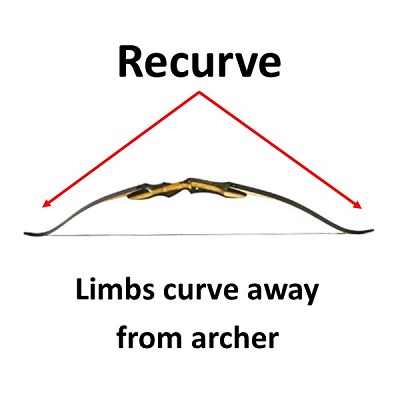
The limbs of a recurve bow curve back away from the archer; thus the name “recurve.”
This additional curve allows for a higher draw strength, which in turn increases your range and power with the bow versus longbows with no “re-curve.”
With a recurve bow, all of the draw weight is held by the archer. So, a recurve bow with a 70-pound draw weight requires that the archer holds that 70 pounds back until they release the arrow.
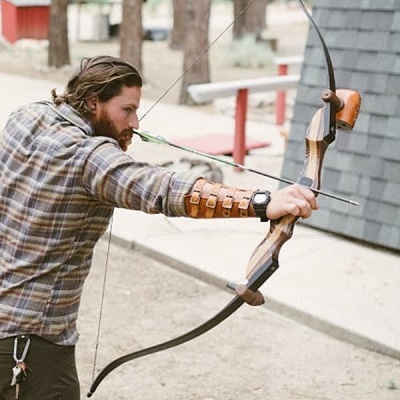
At full draw, the full weight of the bow’s draw weight is held by the archer. (Photography by Southwest Archery)
But, compound bows are a bit different…
-
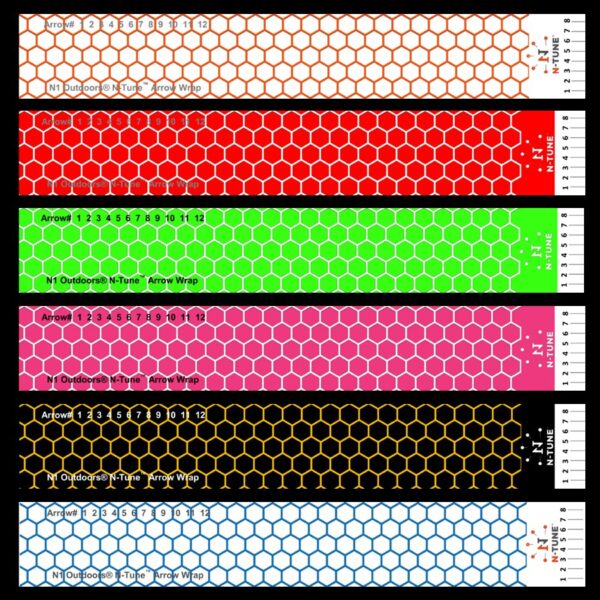
N1 Outdoors® N-Tune™ Nock Tuning Reflective Arrow Wraps – Honeycomb (Various)
$18.99 – $27.99 Select options This product has multiple variants. The options may be chosen on the product page -
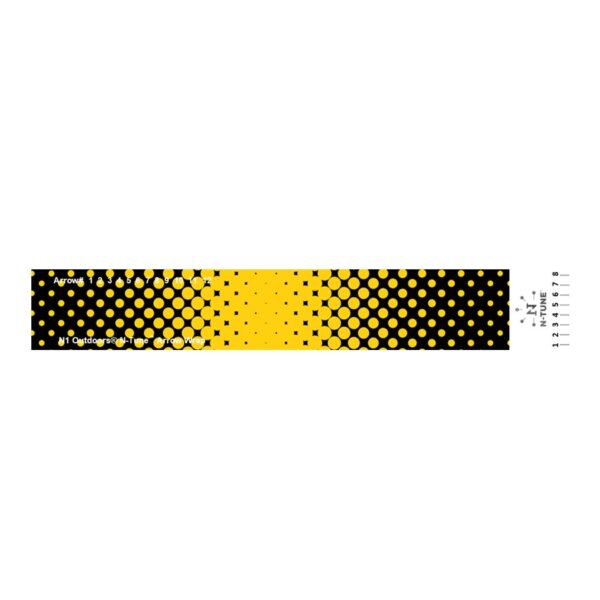
N1 Outdoors® N-Tune™ Nock Tuning Reflective Arrow Wraps – Black And Gold Dots
$18.99 – $27.99 Select options This product has multiple variants. The options may be chosen on the product page -
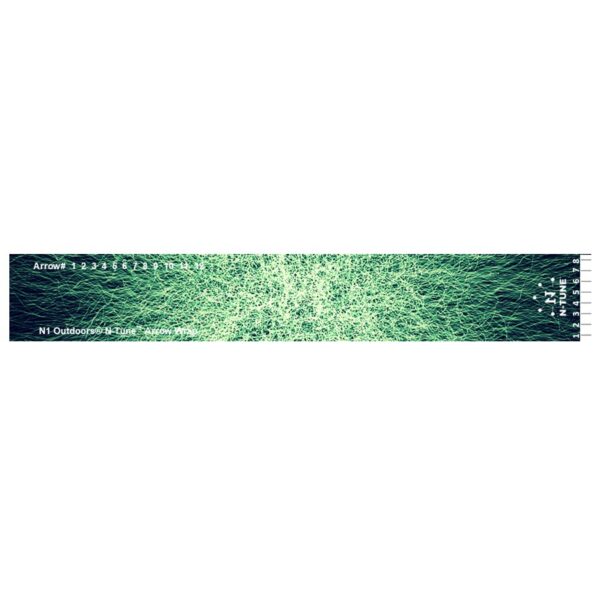
N1 Outdoors® N-Tune™ Nock Tuning Reflective Arrow Wraps – Static™
$18.99 – $27.99 Select options This product has multiple variants. The options may be chosen on the product page
Compound Bows
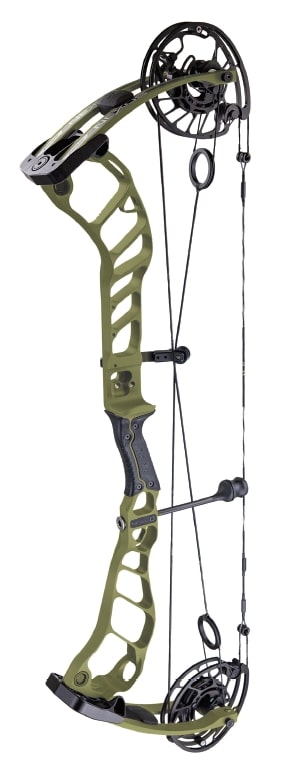
Compound bows, like this one pictured from Prime Archery, have “cams” that look somewhat like wheels on either end of the bow.
Compound bows use a system of wheels (known as “cams”) to literally compound the force of the draw.
Basically, this means that once you get the string about 3/4 of the way drawn back, the cams take over and do the heavy lifting for you. Unlike recurve bows, you aren’t left holding the full draw weight while you aim a compound bow. This reduction in draw forces is known as “let-off.”
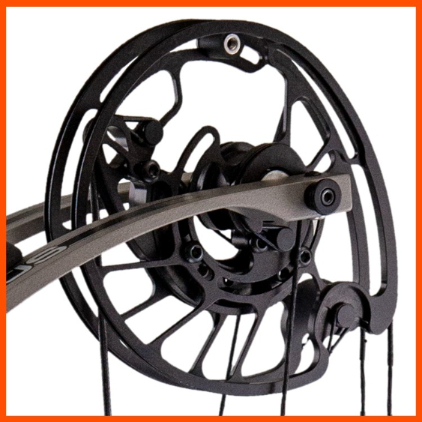
The cams of a compound bow, like this one pictured above, literally “compound” the force of the drawback by the archer and also provides “let-off.”
Let-off works like this:
Let’s say you have an compound bow with a 50% let-off that is set to a 70-lb draw weight. This means that you’ll draw back 70 pounds, but once the let-off of the cams engage, you’ll only be holding 35 pounds. Then, when you release, the bow will fire at all 70 pounds because of the cams.
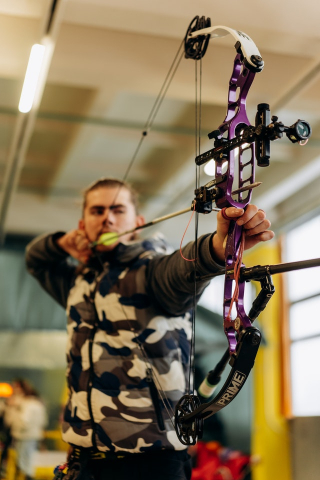
A compound bow’s “let-off” allows the archer to keep the bow at full draw without having to hold the full weight of the bow’s draw weight.
Compound vs Recurve | Which Is Better?
The answer to which bow type is better depends. So, let’s break it down by category.
Accuracy
Repeatability is important to accuracy in any shooting sport, and archery is no different. This means that the archer must replicate factors like draw distance and release, and these can be tricky to get right on a recurve bow, since the archer is holding the full weight of the draw while trying to aim.
For that reason, compound bows are much easier to be precise with.
Winner: Compound Bow
-

N1 Outdoors® Bareback Bowhunter™ Tee
$28.99 – $32.99 Select options This product has multiple variants. The options may be chosen on the product page -
Sale!
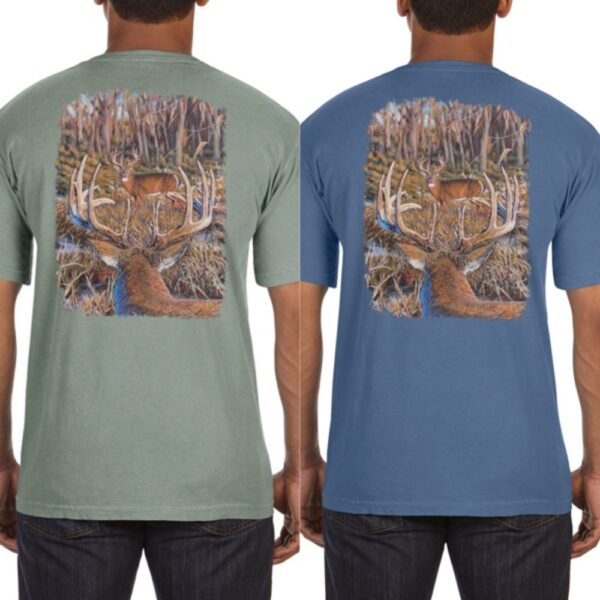
Ntruder Buck Tee by Daniel Cliburn
$9.00 Select options This product has multiple variants. The options may be chosen on the product page -
Sale!

N1 Outdoors® Licking Branch Buck LS Tee
$19.00 Select options This product has multiple variants. The options may be chosen on the product page
Power
Generally, most recurve and compound bows top out at 70 lbs of draw weight. You’d think this means they would both have the same amount of power, but actually, the sudden acceleration from the cams unwinding on a compound bow adds a little bit more power to the shot.
Winner: Compound
Weight
On a long hunt, a lightweight bow will be your best friend. The cams and extra string to run them make compound bows heavier than their more traditional counterparts.
Winner: Recurve
Maintenance
Since they don’t have any moving parts, recurve bows require very little maintenance to stay in top working condition. On the other hand, compound bows require more maintenance to keep the cam wheels working correctly.
Winner: Recurve
-

N1 Outdoors® N-Tune™ Patch Trucker Hat (Mossy Oak Bottomland Camo)
$26.99 Select options This product has multiple variants. The options may be chosen on the product page -

N1 Outdoors® N-Tune™ Patch Trucker Rope Hat (Black & Gray)
$26.99 Select options This product has multiple variants. The options may be chosen on the product page -
Sale!
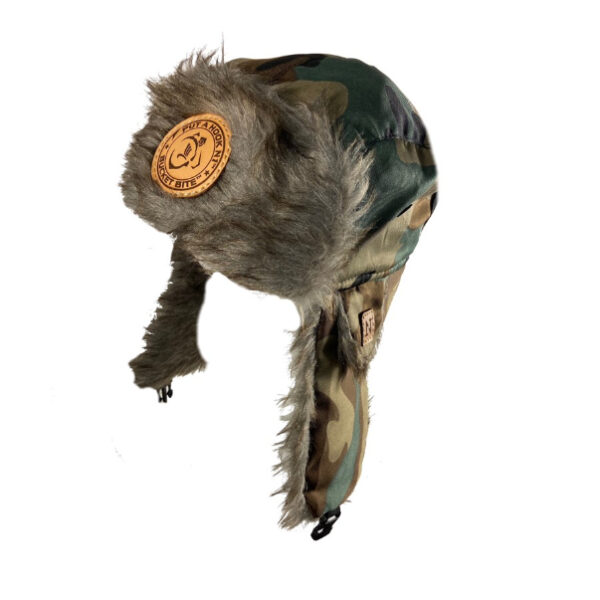
N1 Outdoors® Leather Patch Trapper Hat (Bucket Bite™ design – various patterns)
Original price was: $29.99.$9.00Current price is: $9.00. Select options This product has multiple variants. The options may be chosen on the product page
Accessories
There are all sorts of gadgets and doodads out there for the prospective archer to add to his bow. Not all recurve bows are made to allow for attachments, although some are.
On the other hand, compound bows are built to accept all sorts of accessories like sights, stabilizers, quivers, and more. Compound bows are sort of the AR-15 of the archery world: you can trick them out with all kinds of fancy add-ons, if you feel so inclined.
Winner: Compound
Cost
Recurve bows are generally less expensive to buy than compound bows. This is because the moving parts and additional assembly required to make a compound bow increases that cost.
Winner: Recurve
Best for Stand Hunting
A compound bow will be easier to maneuver up in a deer stand but heavier to climb with. A recurve bow, on the other hand, will be lighter, but the longer limbs may make it trickier to line up the perfect shot while up in the trees.
Winner: Tie
Final Thoughts on Traditional vs. Compound Bows
So, maybe you’re a bowhunting beginner, or just interested in trying a new method of shooting a bow. At the end of the day, I can’t tell you which kind of bow would be best for you. It really all depends on what you want to use it for, and on your skill level as an archer.
I can tell you that my aging shoulders prefer the assistance of the let-off of a compound bow these days. But, there’s something to be said for the feeling I’d get as a youngster, stalking prey through the woods with nothing but my recurve and a handful of arrows.
In addition to bow hunting, if you’re also interested in rifle hunting and are looking for a good hunting rifle for beginners, check out this handy guide. Then head over here to learn how to sight in a rifle scope.
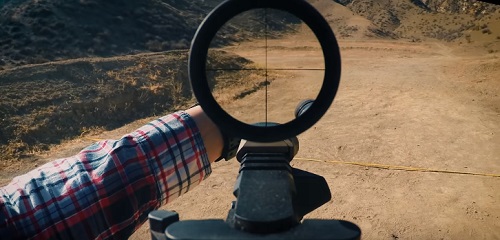

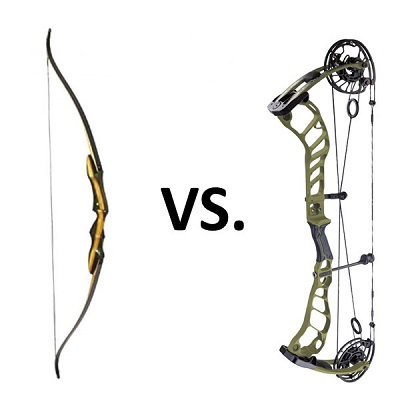



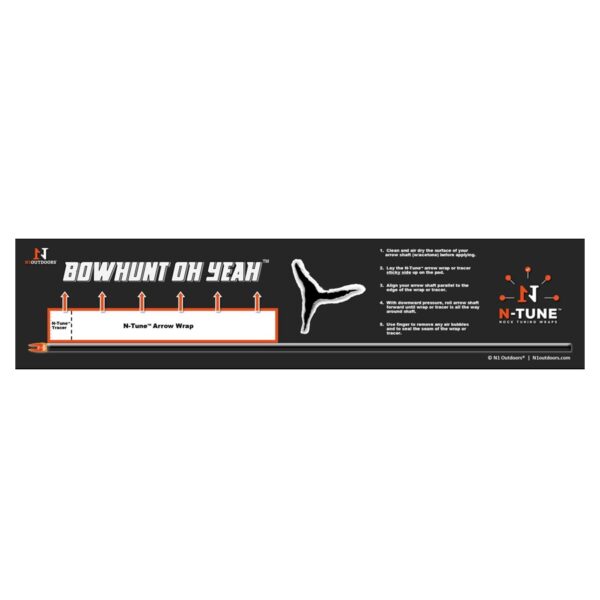

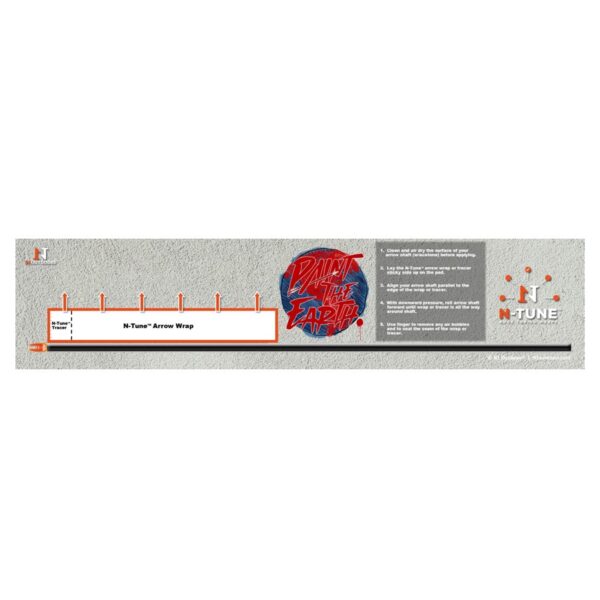
I’m a poet and doing a piece of writing about an archer. With a recurve now, what is the term when the arrow is positioned to be shot? Is the kinetic energy from the draw length of the string or the bending of the bow or both? If both, what percent each? Do the positions of the draw have names, I.e. fully drawn, half drawn? What is the archer’s stance called? You would think I could find this on Google, but it all relies on enough people asking the same questions as me and in the same words, and seems no one or not enough people have! Thank you so much for your help, Martha
Martha, thank your for checking out our blog. When you put an arrow on the string, it’s called “nocking an arrow.” When you are pulled back and ready to shoot, you are “at full draw.” As for the kinetic energy question, you can find info on that HERE.